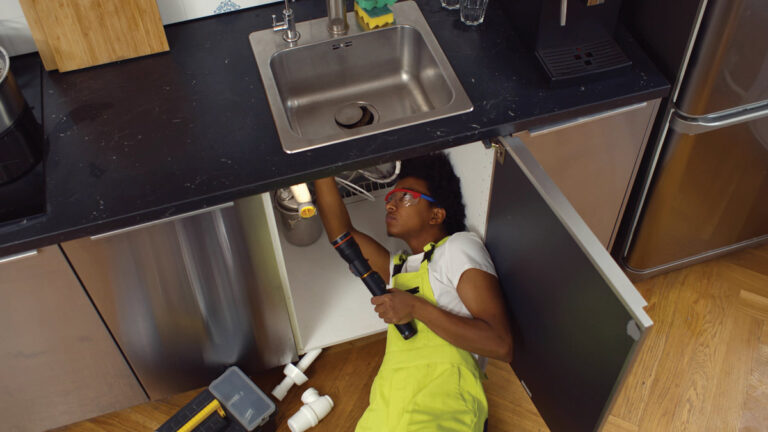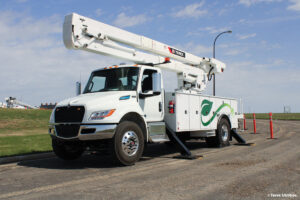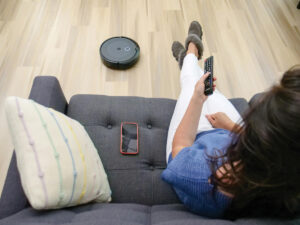With the holidays approaching, shoppers will soon be eyeing an abundance of devices and gadgets to give to loved ones … or to buy for themselves.
When it comes to cool new technology, many consumers are turning to smart home devices that offer convenience as well as other benefits, including one often overlooked perk — energy savings. With so many options available, choosing the best tech for your needs can be overwhelming. Here are four tips to help you determine the right smart home technologies for your home.
Ask yourself how smart you want your home to be
Smart plugs, energy-use apps and home monitors are cool devices that can help save energy. But to make the most of them, it helps to understand how they work. Before investing your time and money, figure out how much technology you want. What are your habits when it comes to setting up and using the latest development? If you like to tinker, an energy app on your phone could be fun and help you save money. But as electronics get smarter, even non-tech-savvy people are finding them easier to use.
Get the most bang for your buck
The most frequently recommended energy-saving device is a smart thermostat. And that makes sense because the thermostat controls the heating and cooling, which account for the most energy consumption in your home. Smart thermostats can do things like program an energy schedule to adjust the heating or cooling when you’re sleeping or out of the house during the day. Additional smart thermostat features include detecting movement in a room to adjust energy use, learning your daily habits, responding to voice commands and tracking the weather.
Renters might even be able to convince a landlord to pay for an energy-saving smart thermostat.
If you have a heat pump, you could benefit by contacting your electric co-op before using a smart thermostat. Lowering the temperature too much when you’re not home could result in switching to more expensive auxiliary heat to bring the house back to room temperature.
Other devices that can produce energy savings for minimal cost and effort include smart light bulbs, outlets and charging stations.
Determine your energy-saving goals
A home energy monitor is one way to save on electricity, and the range of choices means you’ll need to ask how much you’re willing to pay and if it’s worthwhile. One study found that spending about $1,800 on a full-home, commercially installed energy monitor could save about 16% on electric bills and pay for itself in 10-15 years. Much less ambitious approaches involve downloading an app on your phone so you can keep track of your electricity use and even turn smart appliances on and off when you’re away.
Do a simple energy checkup
Walk through your home with the intention of identifying everything that uses electricity. You’ll likely notice a lot of functions that could be managed with smart devices. If your phone sits plugged in long after it’s charged, smart power strips and smart outlets can stop the electricity use when the battery is at 100%.
Smart light bulbs can be controlled with an app on your phone, saving energy and giving your home that lived-in look when you’re away. Ceiling fans can now adjust themselves for the best airflow depending on the temperature. Motion detectors can turn indoor lights on and off when you enter or leave a room, and even solar-powered outdoor lights can detect when you’re approaching and light the way.
With just a little planning, you can make sure this gift-giving season is merry, bright … and smart.










